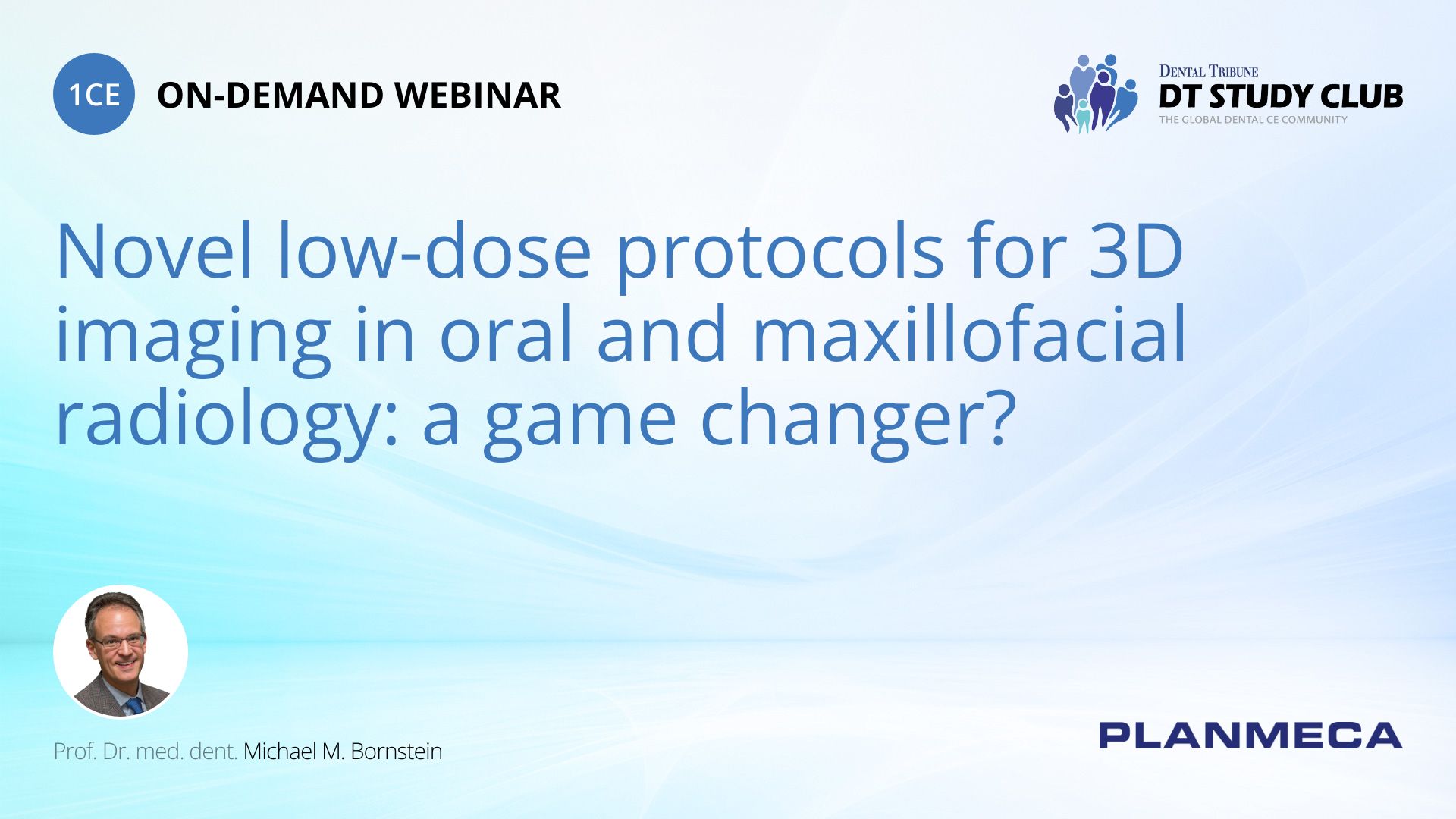Novel low-dose protocols for 3D imaging in oral and maxillofacial radiology: a game changer?
The introduction of cone beam computed tomography (CBCT) has created new diagnostic possibilities in dental medicine.
Although computerised tomography (CT) has been available for quite some time, its use in dentistry has always been limited because of cost, access, and radiation. Nevertheless, for three-dimensional (3D) imaging using CBCT, there is still considerable ambiguity in offering a decisive suggestion to routinely use this technique for diagnostic procedures. The main reason for this is that the radiation dose of CBCT, despite being lower than that of conventional CT, negates routine clinical usage, when one applies the principle of as low as reasonable achievable (ALARA). Recently, low-dose protocols have been recommended to assist practitioners in dose optimisation. However, in practice, dentists are likely to depend on the manufacturers‘ instructions on appropriate exposure settings, so it is encouraging that new low-dose protocols have also been developed by manufacturers. While low-dose protocols for CBCT devices are possible and even marketed today by many brands available, there is no or only limited evidence to demonstrate their diagnostic quality and acceptability for diagnostic imaging in various disciplines of dental medicine. This lecture will focus on the potential of low-dose protocols with novel CBCT devices, their potential implementation into daily practice, and future developments in diagnostic imaging in the oral and maxillofacial region.


 CE Communities
CE Communities


























 English
English




































